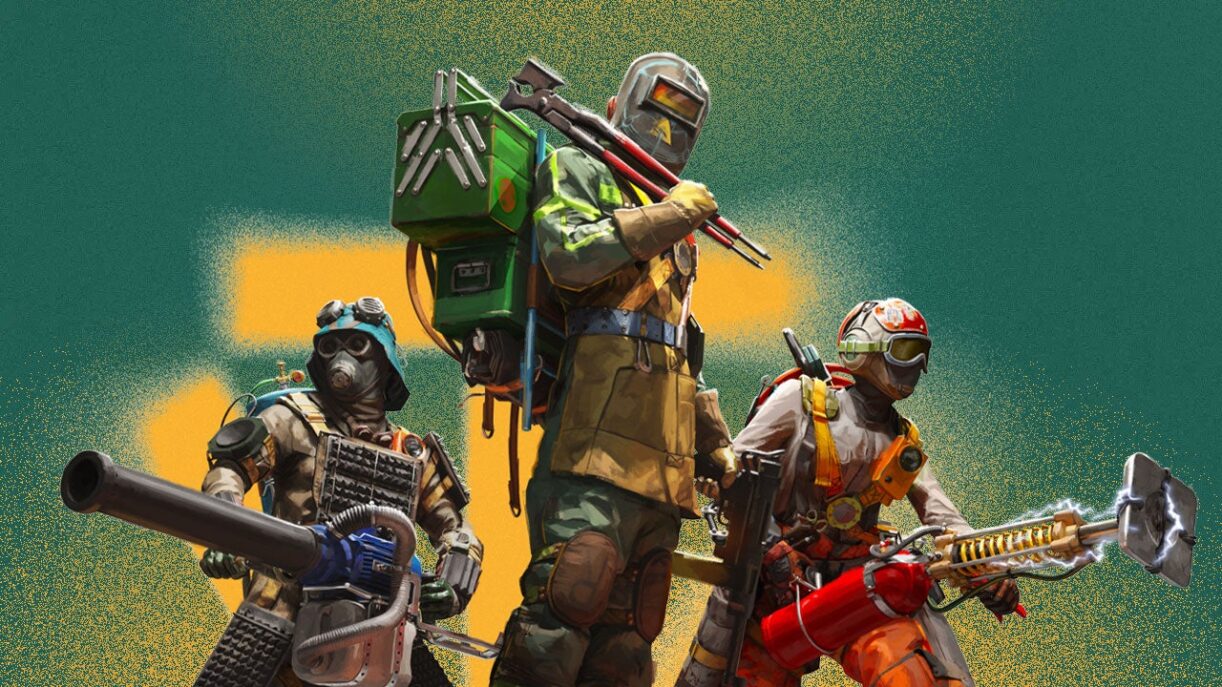An In-Depth Review of FBC: Firebreak — Remedy’s Unexpected Multiplayer Adventure
Unexpected Beginnings: Remedy Ventures into Multiplayer Territory
When Remedy, the acclaimed developer behind iconic single-player titles like Alan Wake and Control, announced they were developing a multiplayer shooter, it sparked curiosity and skepticism alike. Known for crafting immersive worlds and compelling narratives, shifting gears to a fast-paced, cooperative action game was an intriguing move. After spending around 15 hours exploring FBC: Firebreak’s vivid environments, upgrading gear, and battling bizarre monsters, I find myself both confused and excited—emotions reminiscent of my initial reaction to its reveal.
Setting and Story: A Strange Return to The Oldest House
FBC takes place six years after the events of Control, inviting players back to the enigmatic architecture of The Oldest House, but under radically different circumstances. Instead of playing as Jesse Faden, the game puts you in the shoes of a team of first responders tackling oddball emergencies. These range from infestations of sentient sticky notes to radioactive leeches in a quarry, all requiring quick thinking and unconventional solutions. Your squad’s mission is to handle these bizarre crises—challenging work, but someone has to do it!
Surreal Challenges and Cooperative Chaos
Beyond completing your initial tasks, you’ll confront the persistent threat of The Hiss, the interdimensional antagonist from Control, which seems to have made itself a permanent resident in The Oldest House. After finishing a shift, your team must navigate back to the elevator and survive until extraction. While this sounds overwhelming solo, teaming up with two friends transforms these surreal challenges into a shared adventure—albeit one filled with floating helmets, molten furnaces, and other bizarre hazards.
Unique Classes and Tactical Teamplay
Choosing Your Crisis Kit
Playing as a cohesive team offers the best experience, with each player equipped with a distinct ‘Crisis Kit,’ akin to class systems in other cooperative shooters. There are three kits, each with a unique skill to accelerate specific tasks. For example, the Paper Chase kit uses a globule-hurling Splash Kit to weaken sentient notes, while the Fix kit employs a wrench to repair and eliminate hazards. The Jump kit allows players to perform rocket jumps, giving increased mobility and tactical options. Switching roles on the fly ensures everyone contributes meaningfully to the team’s success.
Combat Mechanics: Approachable Yet Limited
FBC’s combat system is straightforward but somewhat restrained. Starting weapons include a Submachine Gun and a Double-Barrel Shotgun, both effective for close encounters and serving as a gentle introduction to the game’s mechanics. As you progress, you’ll unlock more powerful options like Machine Guns, Pump-Action Shotguns, and my personal favorite, the Revolver. The repetitive nature of fighting hordes of possessed office workers can become monotonous, but the game’s vibrant visual effects and dynamic lighting keep the action visually engaging.
Repairing and Managing Operations Under Pressure
While tasks seem simple at first—like fixing malfunctioning heat fans or extinguishing fires—they grow increasingly complex with added difficulty settings. The game introduces random modifiers, such as low gravity or enemies with boosted health, that make completing objectives more challenging and hilarious. Zones are equipped with decontamination showers and ammo bays, but these can malfunction, forcing players to rely on mini-games and teamwork to restore critical resources. The unpredictability keeps the gameplay lively and often leads to chaotic, memorable moments.
Worldbuilding and Lore: A Missing Depth
Unlike Remedy’s other titles, FBC: Firebreak lacks the deep lore and Easter eggs that make their worlds so compelling. While there are hints of the Remedy Connected Universe through sarcastic posters and lore snippets, the game doesn’t reward exploration with meaningful secrets or background stories. This absence of layered storytelling is disappointing, especially for fans accustomed to uncovering hidden details in Remedy’s games. Instead, the focus remains on completing objectives and surviving the chaos.
Progression and Customization: Upgrades and Perks
Players can invest in perk trees and gear upgrades by collecting Lost Assets and Research Samples, which serve as currency. A recent update has made Lost Assets more visible and valuable, encouraging strategic spending. Upgrades include weapon enhancements and passive perks, such as the ammo-hoovering Shop Vacuum or team-sharing Resonant perks. However, despite these innovations, the upgrade system feels somewhat limited in scope, leaving players with a sense that long-term progression could be more rewarding.
Team Dynamics and Solo Play: Challenges and Considerations
FBC’s emphasis on teamwork is undeniable. During my sessions, playing with friends I trust made the game far more enjoyable, allowing us to coordinate upgrades, share jokes, and laugh at failures. Solo players or those matchmaking with strangers might find the game’s stressful objectives and chaotic mechanics frustrating. The reliance on communication and camaraderie can be a barrier for some, but for cooperative groups, it elevates the experience into a fun, unpredictable adventure.

